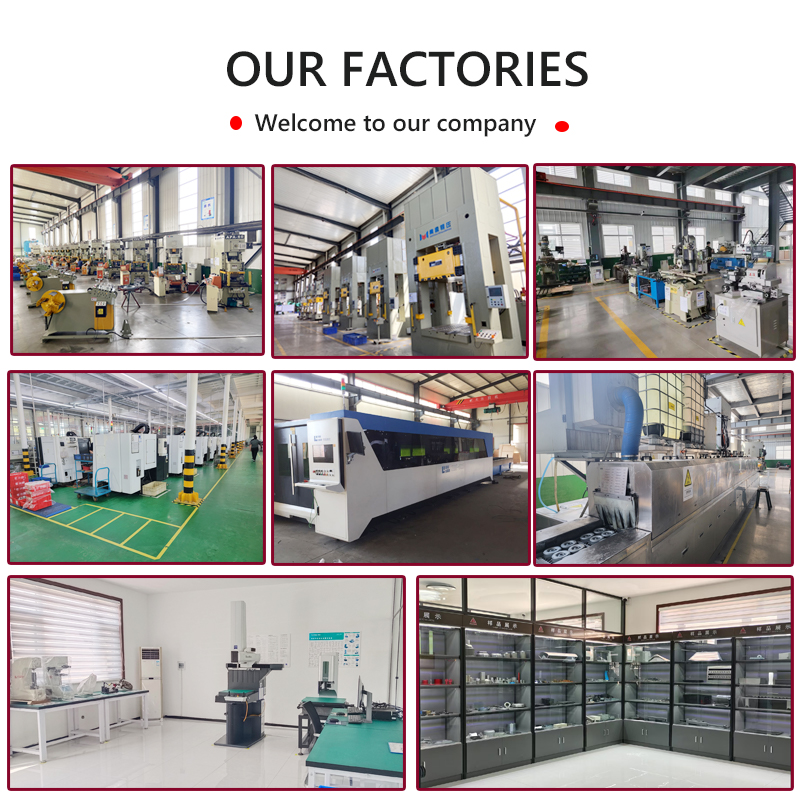Forming process of stamping parts
Bending
A plastic forming method that bends metal sheets, pipes and profiles into a certain angle, curvature and shape. Bending is one of the main processes widely used in stamping parts production. The bending of metal materials is essentially an elastic-plastic deformation process. After unloading, the workpiece will produce elastic recovery deformation in a certain direction, which is called springback. Springback affects the accuracy of the workpiece and is a technical key that must be considered in the bending process.
Deep drawing
Deep drawing, also known as drawing or calendering, is a stamping method that uses a die to turn the flat blank obtained after punching into an open hollow part. The deep drawing process can be used to make thin-walled parts with cylindrical, stepped, conical, spherical, box-shaped and other irregular shapes. If combined with other stamping forming processes, parts with extremely complex shapes can also be manufactured.
Stretching
The sheet metal is subjected to tensile force through the drawing die, which causes the sheet metal to produce uneven tensile stress and tensile strain, and then the sheet metal and the drawing die contact surface gradually expand until it is completely in contact with the drawing model surface. The main application objects of drawing are the double-curved skins with certain plasticity, large surface area, gentle and smooth curvature changes, and high quality requirements (accurate shape, smooth streamline, and stable quality). Drawing is low-cost and flexible because the process equipment and equipment used are relatively simple; but the material utilization rate and productivity are low.
Spinning
A metal rotation processing technology. During the processing, the blank rotates actively with the spinning die or the spinning head rotates actively around the blank and the spinning die, and the spinning head feeds relative to the core die and the blank, so that the blank undergoes continuous local deformation to obtain the required hollow rotating body parts.
Shaping is the secondary trimming of the product’s shape using the established mold shape. It is mainly reflected in the pressing plane, elastic feet, etc. For some materials that are elastic and cannot guarantee the quality of one-time forming, re-processing is used.
Bulging
It is a processing method that uses a mold to stretch and thin the sheet to increase the local surface area to obtain parts. Commonly used methods include undulating forming, bulging of cylindrical (or tubular) blanks, and stretching forming of flat blanks. Bulging can be achieved by different methods, such as rigid die bulging, rubber bulging, and hydraulic bulging.
Flanging
It is a plastic processing method that bends the edge of a thin plate blank or a narrow band of material on the edge of a prefabricated hole on the blank into a vertical edge along a curve or a straight line. Flanging is mainly used to strengthen the edges of parts, remove trimmings, and make parts on parts that are assembled and connected with other parts or three-dimensional parts with complex and special shapes and reasonable spaces, while improving the rigidity of parts. It can also be used as a means to control cracks or wrinkles when forming large sheet metal.
- Xisanli Village,Nanpi County, Cangzhou City, Hebei Province, China




